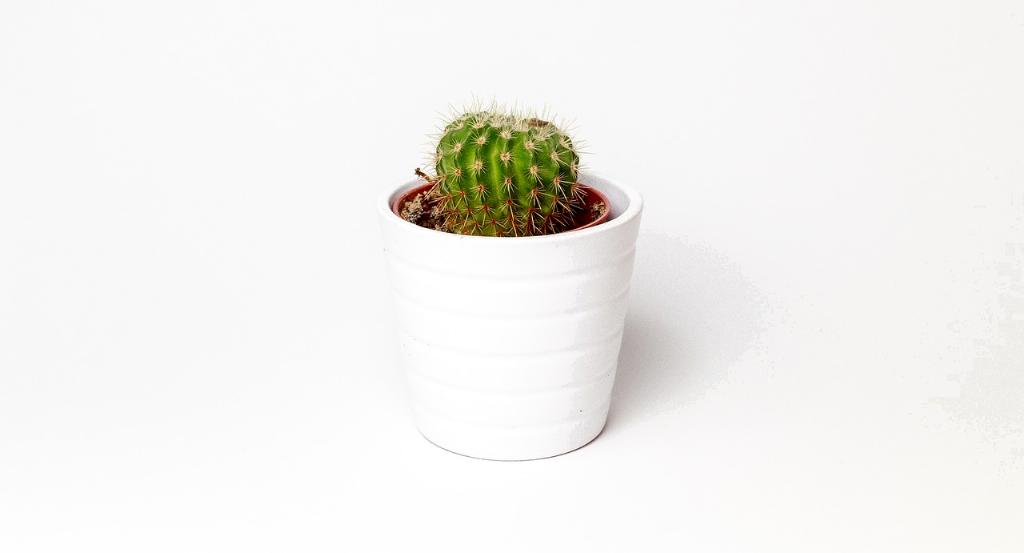When it comes to the botanical wonders of the plant world, sedums stand out for their distinctive features and versatility in garden settings. Renowned for their unique shapes and textures that never fail to captivate the eye, these plants, also known as stonecrops, have gained a significant following among gardening enthusiasts across the globe.
The Latin name “Sedum,” derived from the word meaning “to sit,” perfectly encapsulates the growth habit of these low-lying succulents. The way they gracefully trail over edges of containers or spread out as groundcovers makes them an ideal choice for adding visual interest to various planting schemes.
Understanding the classification of sedums within the realm of succulents is essential to grasp their place in the botanical world. Succulents, as a group, encompass a diverse array of plants characterized by their ability to store water in their leaves, stems, or roots as an adaptation to arid conditions.
Given the key defining characteristic of succulents being their water-storing capacity, it is pertinent to examine whether sedums exhibit this feature. Sedums, with their fleshy, water-retaining leaves, unequivocally align with the fundamental trait that categorizes plants as succulents.
Furthermore, the resilience of sedums in coping with drought conditions and thriving in arid environments reinforces their status as succulents. Their innate capacity to endure periods of limited water availability without compromising their vigor underscores their classification within the succulent family.
Looking closely at the botanical anatomy of sedums provides additional insights into their succulent nature. The thick, succulent leaves of sedums serve as reservoirs for storing moisture, enabling these plants to withstand dry spells and conserve water for sustained growth and health.
In addition to their water-retention capabilities, sedums exhibit other hallmarks commonly associated with succulents, such as their preference for well-draining soil and their ability to thrive in sunny, arid conditions. These shared traits further solidify the inclusion of sedums in the succulent category.
From a horticultural standpoint, the cultivation requirements of sedums mirror those of traditional succulents, emphasizing the need for minimal watering, adequate sunlight exposure, and proper soil drainage to promote optimal growth. The parallels in care practices underscore the kinship between sedums and other succulent species.
Despite the vast diversity within the succulent family, the botanical community recognizes sedums as a distinct subgroup that embodies the classic features and resilience associated with succulents. Their striking appearance, adaptive qualities, and ease of care make them a popular choice for both novice and experienced gardeners seeking to enhance their landscapes with captivating plant specimens.
Therefore, based on the shared characteristics, growth habits, and botanical attributes exhibited by sedums, it is unequivocal that these plants fall within the broader classification of succulents, adding a touch of natural elegance and enduring beauty to gardens, containers, and landscapes worldwide.

